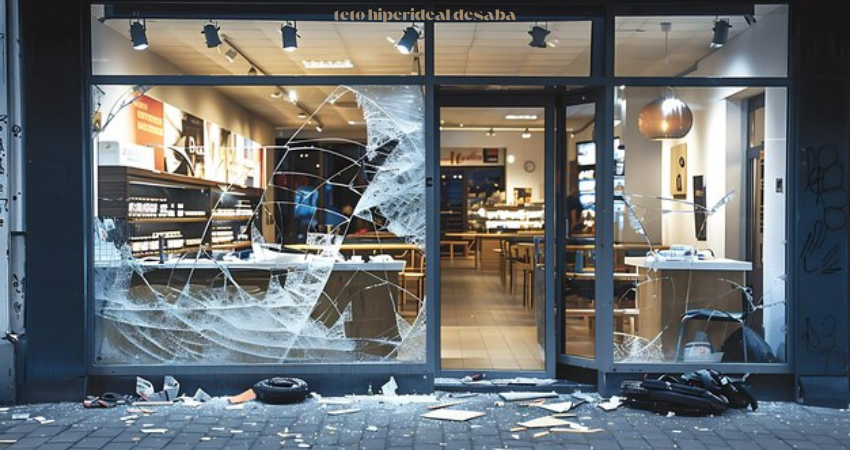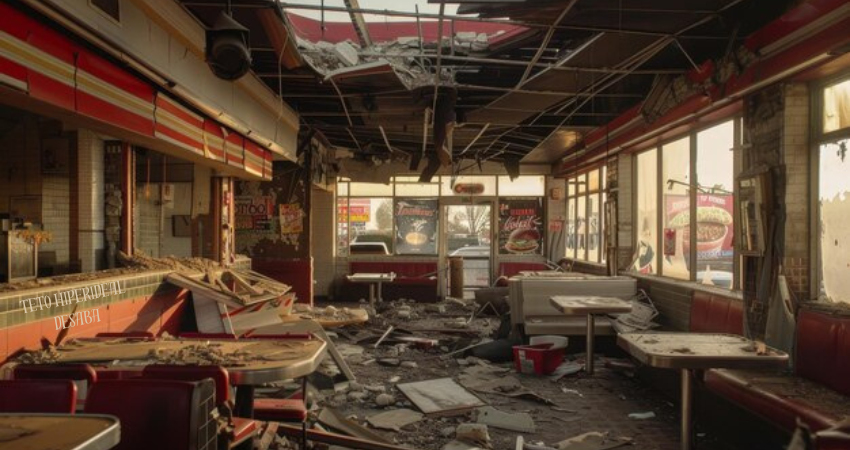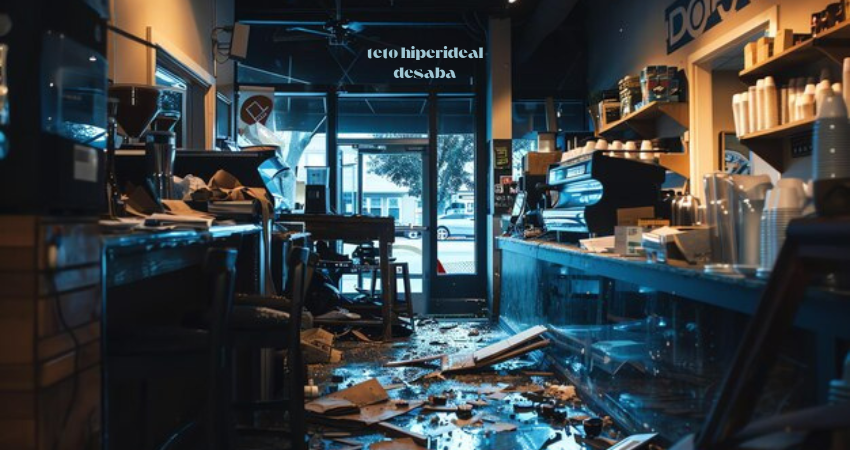There is a moment in life when the ceiling we have placed our dreams upon begins to crumble. This ceiling, teto hiperideal desaba , a structure of perfect plans and unblemished aspirations, suddenly gives way. The dust settles, and we are left amidst the ruins, questioning the very foundation of our existence. What happens when the hyperideal ceiling falls? How do we navigate the debris of what once was, and find a way to rebuild?
The Construct of the Hyperideal Ceiling
The Nature of Hyperidealism
The Allure of Perfection
Perfection, in all its glittering promises, lures us into constructing these hyperidealized visions. It whispers to us of a life free from flaws, a journey unmarked by struggle. Yet, this pursuit of an unattainable ideal often blinds us to the beauty of imperfection, leaving us unprepared when the inevitable collapse occurs.
The Weight of Expectations
The hyperideal ceiling is not just built from our own dreams; it is also burdened by the expectations of others. Society, family, and friends contribute their own stones, adding to the weight. Over time, this weight becomes unbearable, creating cracks in the foundation of our self-worth.

When the Ceiling Falls
The Moment of Collapse
There is a silence that precedes the fall. It is the quiet before the storm, the breath held in anticipation. And then, in a moment, everything comes crashing down. The ceiling, once so carefully constructed, shatters into a thousand pieces, each shard reflecting a broken dream.
The Emotional Aftermath
In the wake of the collapse, there is grief. The loss of the hyperidealized vision is akin to mourning the death of a loved one. We grieve for the life we thought we would have, for the person we believed we would become. This grief is deep, and it can feel endless.
The Shadows of Doubt
With the collapse comes doubt—doubt in our abilities, in our choices, in our very selves. The debris of the hyperideal ceiling casts long shadows, and in these shadows, we question everything. Was it worth it? Did we aim too high? Are we failures for not achieving the impossible?
Rebuilding from the Ruins
The Seeds of Resilience
Amidst the ruins, there lies a seed of resilience. It is small, almost imperceptible, but it is there. This seed is the beginning of a new foundation, one that is not based on teto hiperideal desaba but on something more grounded, more real. To rebuild, we must nurture this seed, allowing it to grow in the fertile soil of our experiences.
Embracing Imperfection
The new ceiling we build must embrace imperfection. It must allow for cracks, for flaws, for the inevitable wear and tear of life. For it is in these imperfections that true beauty lies. The Japanese art of kintsugi, where broken pottery is repaired with gold, teaches us that something broken can be more beautiful than something whole.
The Strength of Vulnerability
In the aftermath of collapse, we often feel vulnerable. But this vulnerability is not a weakness; it is a strength. It allows us to connect with others, to share our stories of collapse and rebuilding. In this sharing, we find community, and in community, we find the strength to continue.
The Journey Forward
Redefining Success
Success, in the shadow of a fallen hyperideal ceiling, must be redefined. It is no longer about achieving the impossible but about finding joy in the possible. It is about setting goals that are within reach and finding fulfillment in the journey rather than the destination.
The Power of Presence
To rebuild, we must learn to be present. The past is gone, and the future is uncertain. But the present moment, this breath, this heartbeat, is real. It is in the present that we find our strength, our courage, and our hope. To be present is to be alive, fully and completely.
Moving Beyond the Collapse
The collapse of the hyperideal ceiling is not the end; it is a beginning. It is an opportunity to rebuild, not as we once were, but as we are now—wiser, stronger, more resilient. The journey beyond the collapse is one of transformation, where we emerge not as victims of our dreams but as creators of our reality.

Conclusion: The Beauty of Rebirth
In the end, the teto hiperideal desaba is a gift. It strips away the illusions, the falsehoods, and the unattainable ideals, leaving us with the raw materials of our true selves. From these materials, we can build something new, something real, something beautiful. And in this rebuilding, we find not just survival, but rebirth.
FAQs
What is a hyperideal ceiling?
A hyperideal ceiling is a metaphorical concept representing the unrealistic expectations and goals we set for ourselves, often driven by the desire for perfection.
How can I cope with the collapse of my hyperideal ceiling?
Coping involves embracing the emotions that come with the collapse, nurturing resilience, and rebuilding with a focus on imperfection and vulnerability.
Why do we create hyperidealized visions?
We create them because of societal pressures, personal aspirations, and the allure of perfection, which often lead us to set unattainable goals.
How can I rebuild after my hyperideal ceiling has collapsed?
Rebuilding involves redefining success, staying present, and embracing the imperfections of life as you construct a new, more grounded vision.
Is it possible to find beauty in the aftermath of collapse?
Yes, the aftermath of collapse can be a time of profound transformation and rebirth, where the beauty lies in the resilience and strength gained through the process.


